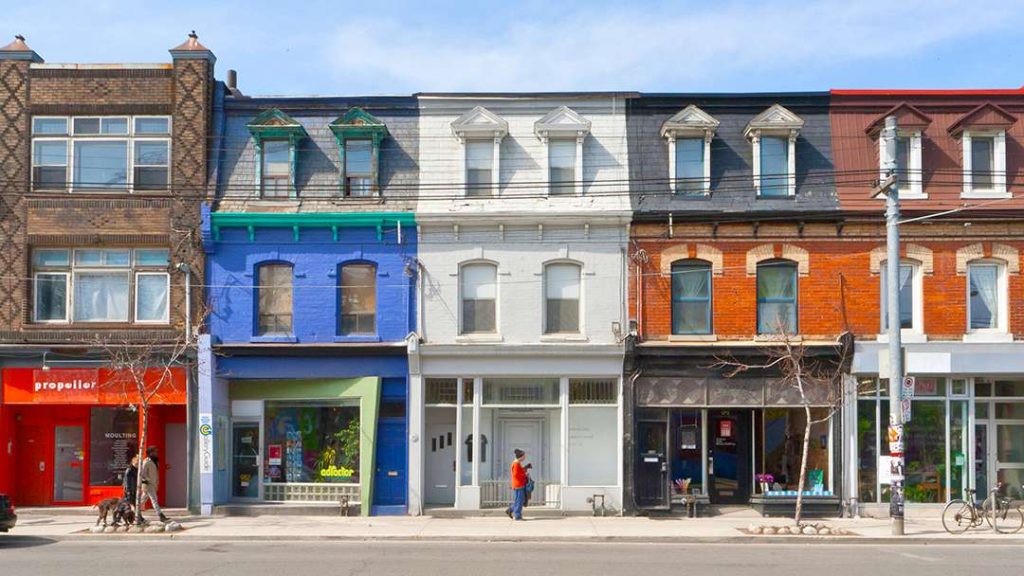
The gap between what families make and how much they need to purchase a home varies from a pretty penny to ‘Are you kidding me?’ amounts, finance guru Michael Ryan explained to Newsweek. That’s not a suave-sounding platitude it’s the reality that’s dictating where Americans can (and can’t) establish roots in 2025.
With median home costs teetering around $447,000 and mortgage rates mired above 6.7%, homeownership is starting to feel like an elite club. In almost every state, it now takes buyers almost or far more than a six-figure income to comfortably cover a median-priced house. But the narrative is not simply one of high costs; it’s one of the extreme variations between states, the policies that break or make affordability, and the changing migration flows these disparities are creating.
From Montana’s jaw-dropping affordability gap to Iowa’s near-perfect income-price balance, here’s a closer look at the numbers, the reasons why, and the possible fixes that could revolutionize the housing game.

1. Montana Leads the ‘Least Affordable’ List
In 2025, Montana had the country’s widest affordability gap. The median house price reached $649,900, yet the average household made only $72,066 almost $100,000 short of the $171,301 needed to purchase with ease. That’s an astronomical 138% shortfall.
Hannah Jones, a senior economic research analyst at Realtor.com, cited a pandemic‑era surge of remote workers looking for scenic, low-density places to live as a principal cause. Places like Bozeman and Missoula experienced bidding wars and price growth, while supply of housing trailed population growth far behind. And the outcome? Locals are getting priced out of their own neighborhoods.

2. Iowa Keeps the Affordability Throne
On the opposite end, the cheapest state to buy a home is Iowa. At a median house price of around $290,000 and a median household income of $75,999, the difference between how much people make and what they need to pay is only $431 a rounding error in comparison to coastal states.
Jones notes that all five of the most affordable states Illinois, Kansas, Ohio, Indiana, and Iowa are in the Midwest. These markets benefit from stable home prices, moderate property taxes, and incomes that align closely with housing costs, making them magnets for buyers looking to stretch their budgets.

3. The Coastal Crunch Is Real
Massachusetts, Hawaii, California, and New York dominate the least‑affordable rankings. In Massachusetts, the median home price is $797,000, requiring an income of $210,074 about $112,000 more than the state’s median household earns. Hawaii’s median home price of $822,065 demands $200,585 in income, far outpacing what most residents bring in.

Kevin Thompson, 9i Capital Group CEO, said that “housing is more costly on the coasts and in areas prone to disasters chiefly because of increasing insurance costs and the overall cost of owning a home there.” Toss in healthy job markets that drive wages and prices upward, and affordability takes a nosedive.

Image Credit to Picpedia.org
4. Property Taxes: Friend or Foe?
It sounds crazy, but higher property tax rates can actually make houses more affordable sort of, at least in the short term. A study by the Opportunity & Inclusive Growth Institute discovered that a doubling of property tax rates is correlated with a 20% decline in housing costs. That’s because higher taxes get “capitalized” into lower purchase prices, reducing the down payment barrier for first-time buyers.
However, sweeping property tax cuts, like those in Texas in 2023, can have the opposite effect reducing local revenues for schools and services while locking older homeowners into large properties and keeping inventory tight. Targeted solutions like property tax circuit breakers or renter credits can help without gutting public budgets.

Image Credit to Rodland Real Estate
5. Zoning Laws Can Make or Break Affordability
Conservative zoning regulations are a subtle yet strong force behind expensive housing. Massachusetts, for instance, has 16 zones per municipality and 131 pages of code on average, with over half of zoned acres reserved exclusively for single‑family dwellings. These limits hinder construction, constrict multifamily supply, and maintain high prices.
South Carolina and Texas, for example, which both received top grades in Realtor.com’s affordability and homebuilding report card, exemplify the reverse strategy: more open zoning and an emphasis on competitively priced new construction.

Image Credit to Flood Insurance Guru
6. Mortgage Rates Are the Gatekeepers
At the beginning of 2025, a 7% 30‑year fixed mortgage meant that only 31.5 million families could afford a median‑priced home. Even a slight decline to 6.38% priced 2.8 million more families out of the market. In contrast, a tiny rise perhaps from 6.5% to 6.75% can price more than a million families out.
This sensitivity explains why the movement of rates is so closely observed by both buyers and policymakers. In our current high‑price environment, a fraction of a percentage point can mean buying and sitting out.

7. The Midwest and South Are Building the Future
Affordability isn’t simply a matter of today’s prices it’s about tomorrow’s supply. Southern and Midwestern states are in the top positions for new-home building, with Texas, Florida, and North Carolina granting a high percentage of the country’s permits. Iowa benefits from evenly balanced prices, and Texas is graded well on its permit-to-population ratio, indicating strong future supply.

Nevertheless, the U.S. still has a 4 million‑home shortage. Unless there is aggressive construction particularly lower‑priced homes today’s affordability issues may linger for many years.
Affordability of housing in 2025 is a story about two Americas: one where prices and incomes are aligned, and another where the divide is so great it seems impossible to close. The numbers indicate that policy decisions from tax relief aimed at specific groups to zoning reform have the ability to tip the scales. For homebuyers, knowing these state-by-state dynamics is not mere trivia; it’s a guide to where the dream of homeownership remains affordable.


